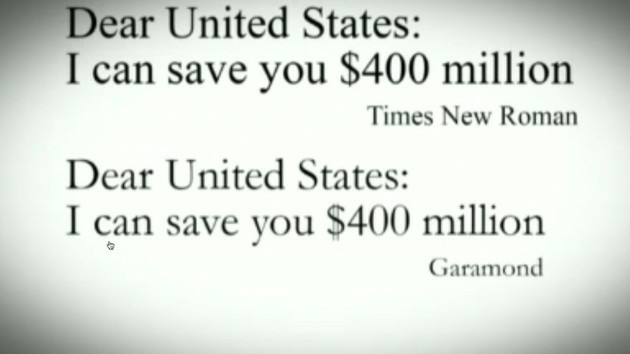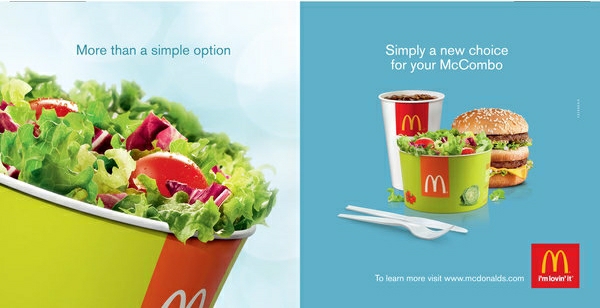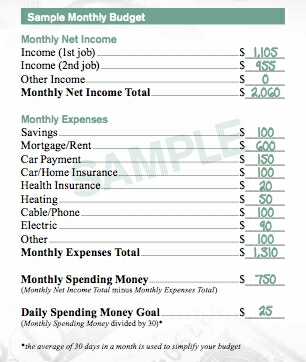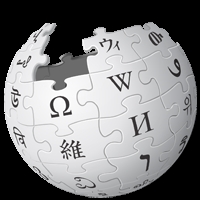Vatican's New Tone About Gays
/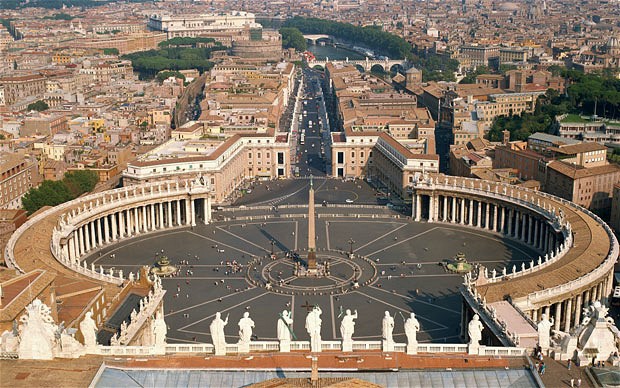 In what sounds like a significant turnaround, Catholic bishops released a summary of their two-week meeting, including new acknowledgements of homosexuals:
In what sounds like a significant turnaround, Catholic bishops released a summary of their two-week meeting, including new acknowledgements of homosexuals:
Welcoming homosexual persons
50. Homosexuals have gifts and qualities to offer to the Christian community: are we capable of welcoming these people, guaranteeing to them a fraternal space in our communities? Often they wish to encounter a Church that offers them a welcoming home. Are our communities capable of providing that, accepting and valuing their sexual orientation, without compromising Catholic doctrine on the family and matrimony?
51. The question of homosexuality leads to a serious reflection on how to elaborate realistic paths of affective growth and human and evangelical maturity integrating the sexual dimension: it appears therefore as an important educative challenge. The Church furthermore affirms that unions between people of the same sex cannot be considered on the same footing as matrimony between man and woman. Nor is it acceptable that pressure be brought to bear on pastors or that international bodies make financial aid dependent on the introduction of regulations inspired by gender ideology.
52. Without denying the moral problems connected to homosexual unions it has to be noted that there are cases in which mutual aid to the point of sacrifice constitutes a precious support in the life of the partners. Furthermore, the Church pays special attention to the children who live with couples of the same sex, emphasizing that the needs and rights of the little ones must always be given priority.
According to Mashable, "Their report also reflected the views of ordinary Catholics who, in responses to Vatican questionnaires in the run-up to the synod, rejected church teaching on birth control and homosexuality as outdated and irrelevant."
However, a TIME article tempers excitement by explaining that the document says nothing binding: no new policy has been created as a result of the meeting. Still, the quasi-inclusive language is an encouraging shift.
Discussion Starters:
- Read the full report from the Vatican. What strikes you about the tone and messages?
- Is the news premature? Should gay rights supporters be happy about the news?



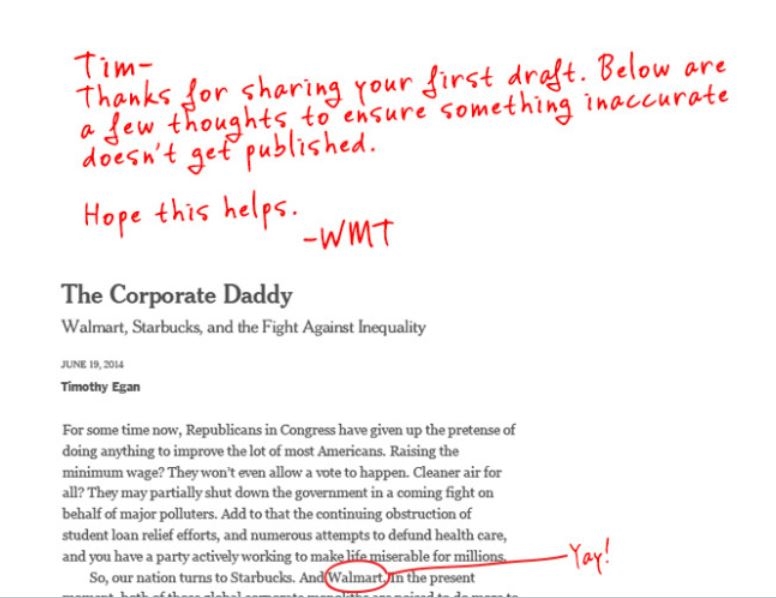


 How politely someone writes a review can affect how customers react. A new study, "We'll Be Honest, This Won't Be the Best Article You'll Ever Read: The Use of Dispreferred Markers in Word-of-Mouth Communication," published in the
How politely someone writes a review can affect how customers react. A new study, "We'll Be Honest, This Won't Be the Best Article You'll Ever Read: The Use of Dispreferred Markers in Word-of-Mouth Communication," published in the 

